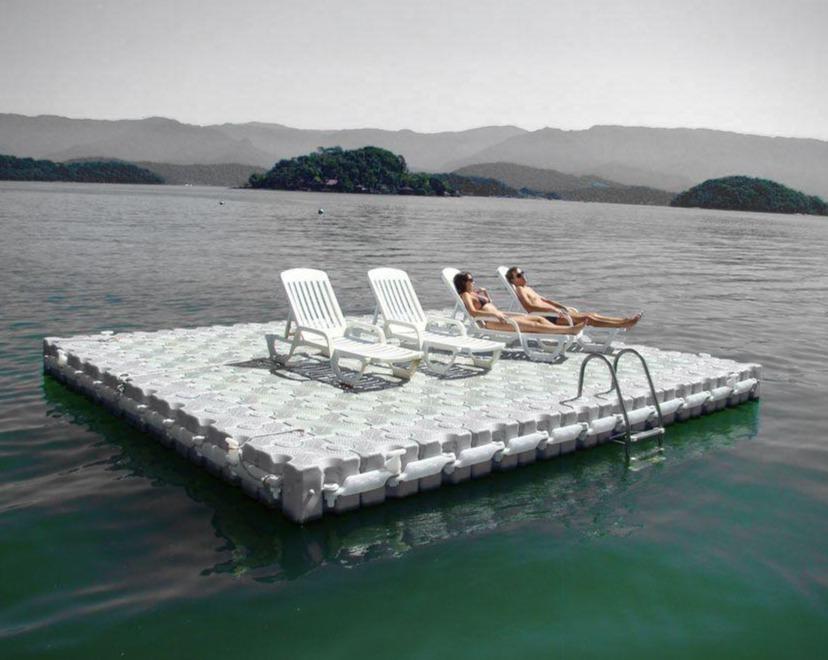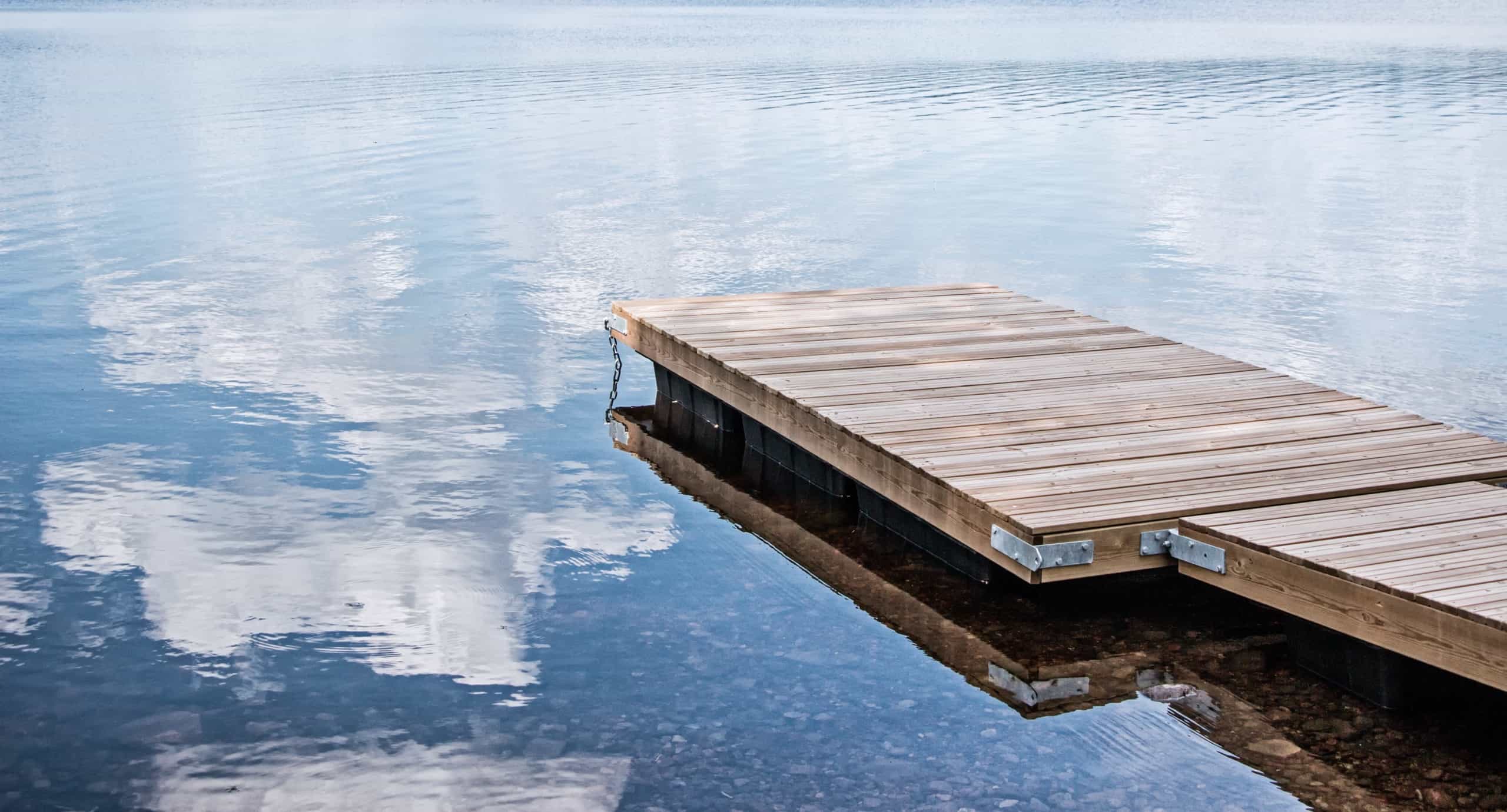Crafting Custom Solutions: Why a Floating Dock Builder is Necessary for Distinct Requirements
Crafting Custom Solutions: Why a Floating Dock Builder is Necessary for Distinct Requirements
Blog Article
Produce the Perfect Docking Remedy With Floating Docks
Floating docks present a functional service for a range of maritime requirements, adjusting perfectly to changing water degrees and varied vessel types. Their modular nature enables for fast setup and relocation, yet the selection of appropriate products and layout attributes is essential for ensuring both functionality and visual allure. As we check out the necessary components that add to the efficiency of floating docks, numerous essential elements regarding security and upkeep will arise, elevating concerns about just how to enhance your docking experience. The subsequent discussion will certainly light up these important considerations.

Advantages of Floating Docks
Floating docks offer various benefits that make them an optimal selection for numerous maritime applications. Among the key advantages is their flexibility to changing water levels. Unlike fixed docks, floating docks rise and autumn with the trend, ensuring consistent ease of access for vessels. This function is particularly important in areas prone to considerable tidal changes or seasonal water degree modifications.
Furthermore, floating docks are commonly much easier and quicker to mount compared to conventional fixed frameworks. Their modular style enables straightforward setting up and disassembly, assisting in upkeep and relocation when needed. This flexibility is specifically valuable for short-lived applications or in atmospheres where conditions might alter.
Floating docks also often tend to be much more eco-friendly, as they reduce disruption to the seabed and bordering aquatic ecological communities. Their resilient nature reduces the threat of damage to aquatic life, promoting a much healthier environment. In addition, these docks can be tailored to fit numerous vessel sizes, ensuring that they satisfy details operational demands - floating docks.
Ultimately, the mix of adaptability, simplicity of installment, and environmental considerations makes floating docks a highly efficient solution for a large range of maritime demands.
Picking the Right Materials
Picking the appropriate materials for floating docks is crucial to make sure durability, durability, and security. The selection of products straight influences the dock's efficiency in different ecological problems, consisting of direct exposure to water, sunshine, and possible wear from aquatic website traffic.
Common materials used for floating docks consist of light weight aluminum, timber, and high-density polyethylene (HDPE) Light weight aluminum is lightweight, corrosion-resistant, and needs very little maintenance, making it an outstanding option for durability. Its preliminary cost can be higher contrasted to various other materials.
Wood, while visually appealing and providing a conventional look, can be susceptible to rot and pest damages otherwise effectively dealt with. As a result, utilizing pressure-treated wood or naturally durable varieties like cedar or redwood can alleviate these problems.
HDPE is a preferred option due to its resistance to UV rays and chemicals, along with being environmentally pleasant. floating docks. It is light-weight and offered in various shades, enabling personalization
Ultimately, the right product choice will rely on certain demands, consisting of budget plan, desired visual appeals, and ecological considerations. Cautious assessment of these variables will lead to a resistant and successful floating dock service.
Layout Considerations for Security
When creating floating docks, making certain security is an essential element that can substantially influence their performance and safety. Stability in floating dock style is affected by different aspects, consisting of my review here buoyancy, weight circulation, and the setup of parts.
Weight circulation is essential; evenly distributing loads across the dock avoids tilting and enhances stability. This can be achieved through strategic placement of docking tools, such as fenders and cleats, as well as correct spacing of drifts. In addition, the measurements of the dock need to be attentively intended. Broader styles can use enhanced stability, especially in rough water conditions, while longer docks might call for extra supports to avoid sagging.
One more vital consideration is the environmental impact, consisting of wave action and wind. Incorporating attributes such as sidewalls or skirting can aid reduce the effects of ecological forces, keeping stability in adverse problems. Ultimately, a mix of thoughtful design, product selection, and understanding of ecological elements will certainly produce a drifting dock that satisfies both stability and security requirements.
Setup Tips and Techniques

Following, safeguard the necessary authorizations and stick to regional policies, which might dictate setup techniques and environmental factors to consider. Involve a certified service provider experienced in floating dock setups if called for. Use top notch materials developed for marine atmospheres to enhance resilience and longevity.
When positioning the dock, align it identical to the coastline to help with easy access. Ensure that the anchoring system is robust, utilizing cinder block or helical supports to support the dock against wind and wave activity. It's important to account for seasonal water degree changes, consisting of prospective ice motion in colder environments.
Throughout the installment, verify the dock's floatation and stability before finalizing the anchoring. On a regular basis evaluate the our website setup for any type of indicators of wear or damages. By complying with these suggestions and methods, you can achieve a safe, functional, and aesthetically pleasing floating dock setup that meets your demands.
Upkeep and Treatment Guidelines
Caring and preserving for floating docks is vital to lengthening their life-span and ensuring safe usage. Routine assessments need to be performed to determine any signs of wear, damages, or marine development. Search for fractures, loosened installations, or stained areas on the dock's surface area, as these problems can compromise architectural honesty.
Cleaning is necessary. Utilize a pressure washer to our website eliminate algae, barnacles, and debris, which can collect in time. For stubborn growth, take into consideration eco-friendly cleaner that won't damage aquatic life.
Additionally, check the mooring lines and supports frequently to guarantee they are safe and complimentary from deterioration. Change any kind of torn or damaged lines without delay to preserve security.
During extreme weather, such as storms or freezing conditions, take precautionary procedures. Protect the dock with added mooring lines and, if feasible, eliminate any type of detachable elements to protect against damages.
Conclusion
To conclude, the execution of floating docks offers a flexible and reliable docking solution appropriate for different maritime applications. Their adaptability to changing water levels, incorporated with a modular style, enables very easy modification and moving. Picking suitable materials improves both toughness and aesthetic charm, while cautious consideration of security ensures safety and longevity. With correct setup and normal maintenance, floating docks can offer reliable and effective docking experiences for a wide variety of vessels.
As we discover the crucial elements that contribute to the effectiveness of floating docks, a number of vital factors pertaining to security and maintenance will certainly arise, increasing inquiries regarding just how to optimize your docking experience. Unlike repaired docks, floating docks surge and autumn with the tide, guaranteeing regular availability for vessels.When designing floating docks, making certain security is an essential facet that can significantly affect their capability and safety and security. Security in floating dock layout is influenced by various elements, consisting of buoyancy, weight distribution, and the arrangement of parts. Inevitably, a mix of thoughtful layout, product choice, and understanding of ecological factors will generate a drifting dock that meets both stability and security demands.
Report this page